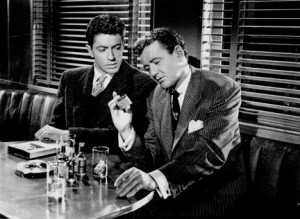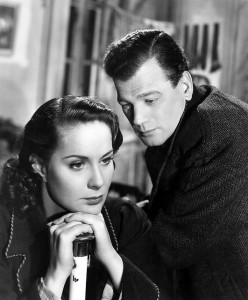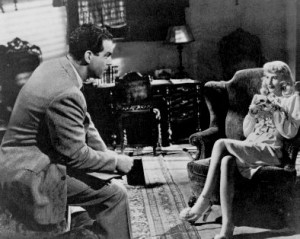1328 Montana Ave., Santa Monica; shows start at 7:30 p.m.
#
#
6712 Hollywood Blvd., Hollywood; shows start at 7:30 p.m. with multiple showings and one matinee for “The Snowtown Murders”
5905 Wilshire Blvd.
At 7:30 p.m. Thursday, March 8: As a tribute to Wim Wenders, “The American Friend,” a stand-out neo noir from 1977 is paired with 1982’s “Chambre 666,” a doc with A-list directors about the future of filmmaking.

![mulholland_drive_4[1]](http://www.filmnoirblonde.com/wp-content/uploads/2012/03/mulholland_drive_41-300x225.jpg)













From FNB readers